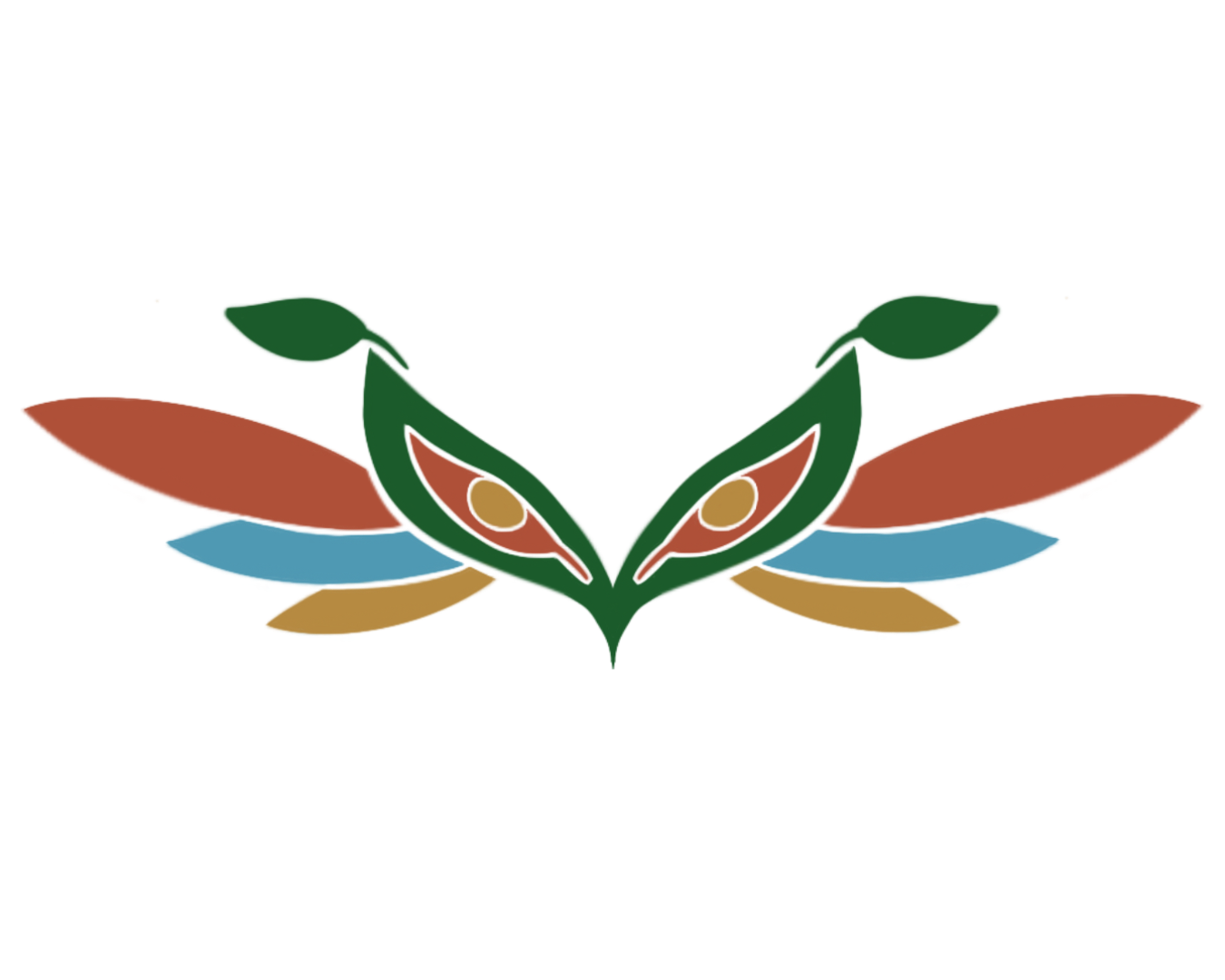Impacts of Anti-People Governance & Forms of Systemic Violence: Road to Prison
The Prison Industrial Complex is just one of many examples in the US that makes it abundantly clear that we live in a system that prioritizes profit at the expense of its people. Every day working class and marginalized families are neglected and mistreated. Meanwhile the government continues to increase funding for penal systems (immigration-detention, incarceration, weapons manufacturing, etc.) and persistently slash social services budgets. America’s approach to punishment often lacks a public safety rationale, disproportionately affects minorities, and inflicts overly harsh sentences.
The prison population began to grow in the 1970s, when politicians began pushing increasingly punitive policies such as Nixon’s “war on drugs.” Today’s landscape of punishment also includes the extensive criminalization of social problems such as homelessness and mental illness, policies that encourage racial profiling, the imposition of fines and fees that exacerbate poverty, high recidivism, and increased use of surveillance tech. All of these policies serve to ensure a steady or increasing prison population to guarantee a stable, highly exploitable and virtually free labor force for the US and its top corporations to rake in profits. Labor tied specifically to goods and services produced through state prison industries brought in more than $2 billion in 2021 and benefited some of the US’s largest producers (e.g. Tyson Foods, Hickman’s Family Farms, Cargill, etc).
Prior to incarceration, the punished are often poor and they are also vulnerable in a variety of other ways that, in the absence of other social supports, exposes them to contact with police, the courts, and prisons. Specifically in the case of women who are incarcerated, most have experienced poverty and trauma, and they are more likely to be victims of intimate partner violence and sexual abuse, be diagnosed with mental health and substance use disorders, and to have experienced homelessness in the year prior to incarceration. Many incarcerated women are also entangled in other systems—from child welfare to immigration and housing court—and these processes can compound and complicate their interactions with the criminal justice system. The criminal injustice system also destabilizes families and communities, especially when women who are the primary caretakers of their children become incarcerated. These factors result in disproportionately negative impacts on women of color and those who identify as LGBTQ+.
Impacted communities will not stand idly by while their loved ones are pushed behind bars by a for-profit system that feeds corporate greed. Groups like No Whatcom Jails, FIGHT (Formerly Incarcerated Group Healing Together), and the Black Prisoners Caucus are fighting for a world where people aren’t criminalized for trying to meet their needs. The people need services, not surveillance.
References
Council on Criminal Justice. (2024). Women’s justice: A preliminary assessment of women in the criminal justice system. Council on Criminal Justice. https://counciloncj.org/womens-justice-a-preliminary-assessment-of-women-in-the-criminal-justice-system/
Cullen, J. The History of Mass Incarceration. Brennan Center for Justice.https://www.brennancenter.org/our-work/analysis-opinion/history-mass-incarceration?utm_medium=PANTHEON_STRIPPED&utm_source=PANTHEON_STRIPPED
Kajstura, A. and Sawyer, W. March 5 2024. Women’s Mass Incarceration: The Whole Pie 2024. Press Release. Prison Policy Initiative. https://www.prisonpolicy.org/reports/pie2024women.html
United States. Bureau of Justice Statistics. Survey of Prison Inmates, United States, 2016. Inter-university Consortium for Political and Social Research [distributor], 2024-03-28. https://doi.org/10.3886/ICPSR37692.v5
Travis, J. and Western, B. The Era of Punitive Excess. Brennan Center for Justice.
https://www.brennancenter.org/our-work/analysis-opinion/era-punitive-excess
